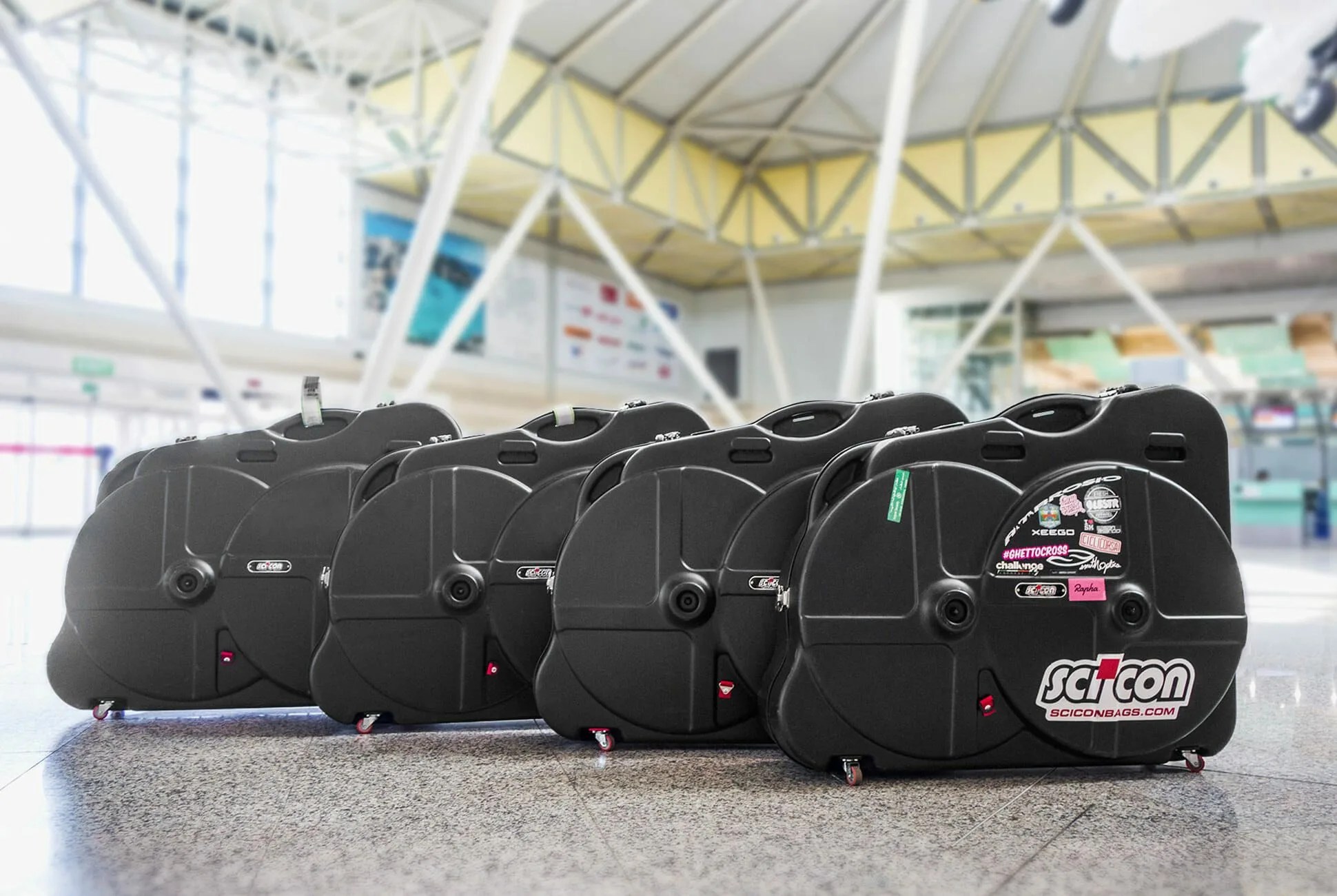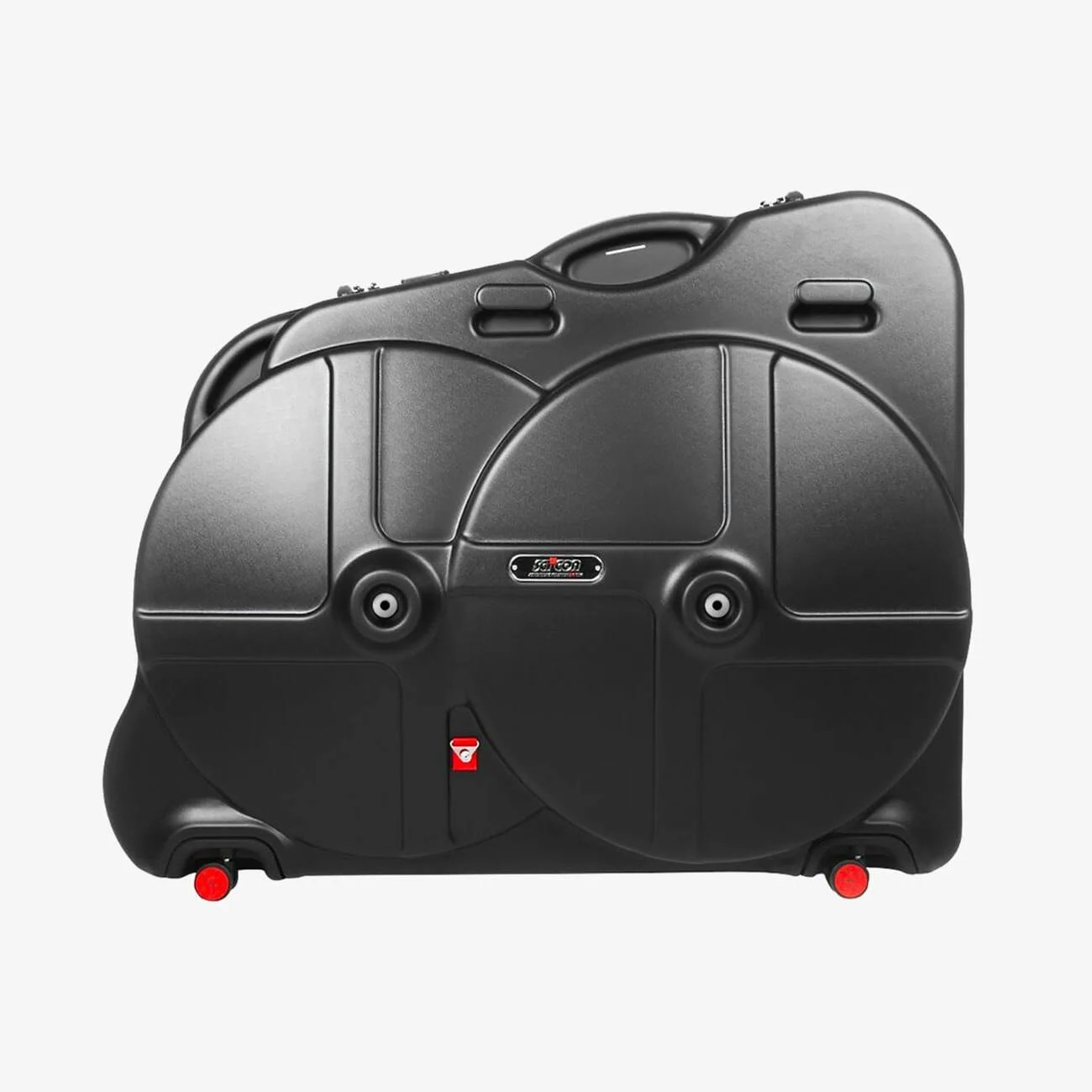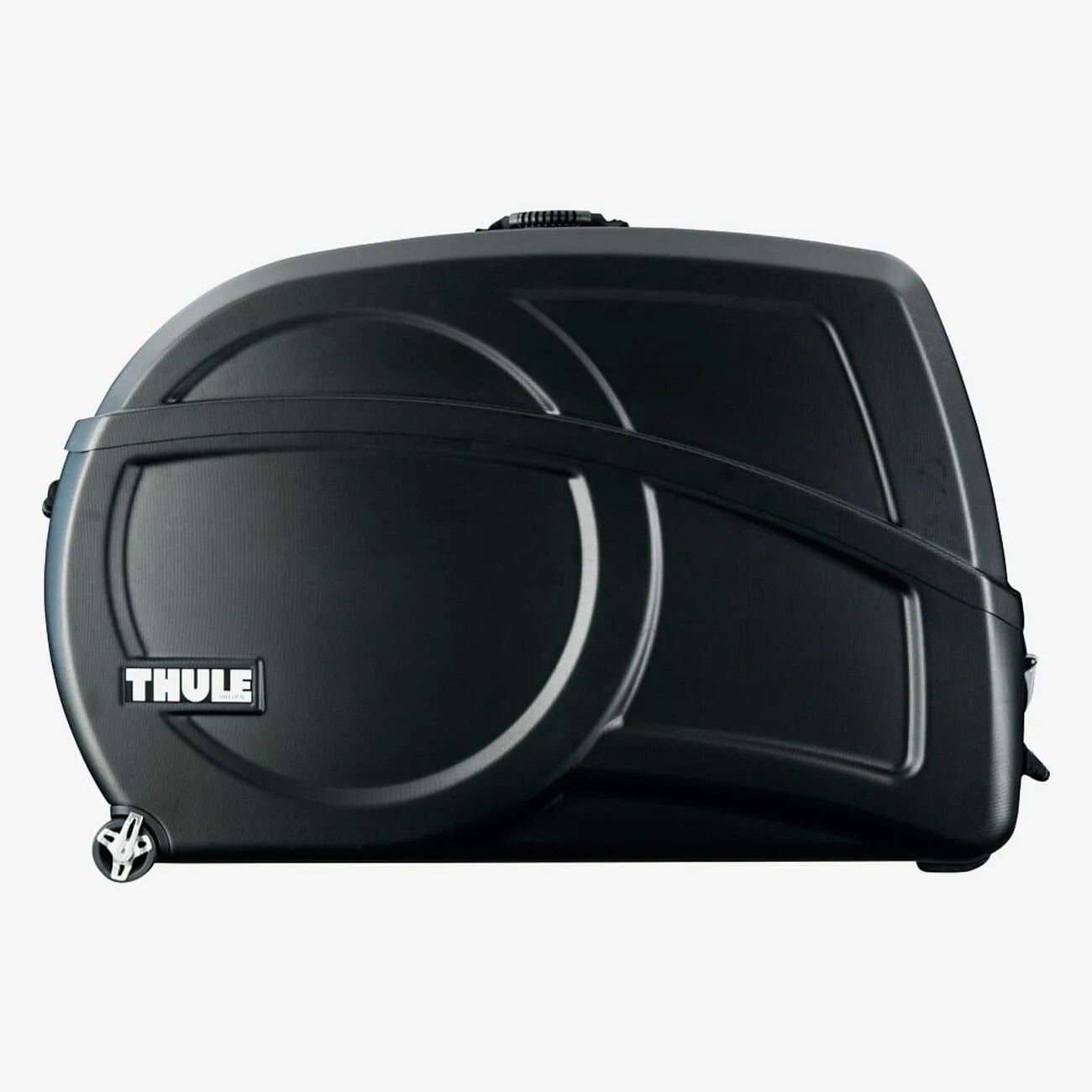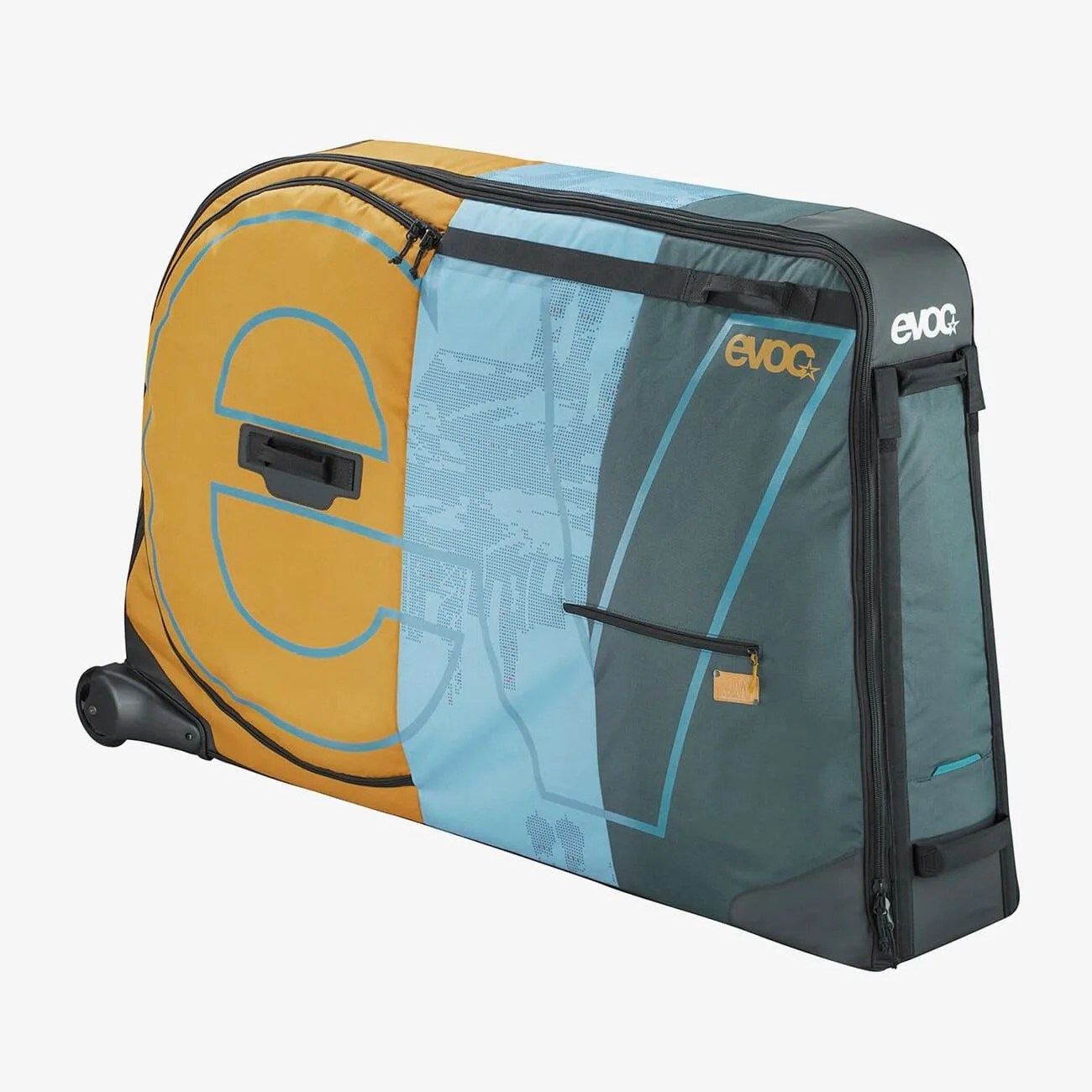You did it: you committed to your pedal-spinning hobby and bought a bike. Whether it’s a road bike, a mountain bike or something in between, it likely cost a pretty penny. At first, you might coddle it, treat it like a fragile display item instead of a thing used for transportation, ride it delicately, refer to it with a human pronoun. That’ll wear off, and then you’ll want to take it everywhere, including across the country or overseas.
You won’t be alone. Gravel riding, an adventurous type of biking that’s characterized by riding long distances on a mix of paved and unpaved roads, is currently growing faster than any other segment in the bike industry. Pro racing teams, most notably Education First, are even adopting “alternate” race schedules that include contests like the Dirty Kanza, a 200-mile trial on rough Kansas back roads.
Gravel riding and bikepacking (a self-supported blend of distance riding and camping similar to backpacking) lend themselves to travel. But distance isn’t a precursor to adventure by bike; making any lengthy journey, whether it be to roads topped with dirt or pavement, has value in itself. The only obstacle: getting your ride to your final destination, and there’s more than one way to go about it.
Cost of Flying with a Bike
Many airlines like Delta, American Airlines, United and Southwest classify bike bags as regular luggage, with those size and weight restrictions applied, typically 50 pounds and a combined length plus width plus height of 62 inches. If your bag doesn’t meet these requirements, you could end up paying as much as $200 in fees.
Others airlines don’t offer that regular luggage classification (Air France, Lufthansa, Air Canada are a few) and they might have policies that require you to call ahead to let them know you’re flying with a bike. When in doubt, call your airline as soon as you book tickets to find out what the rules are.





